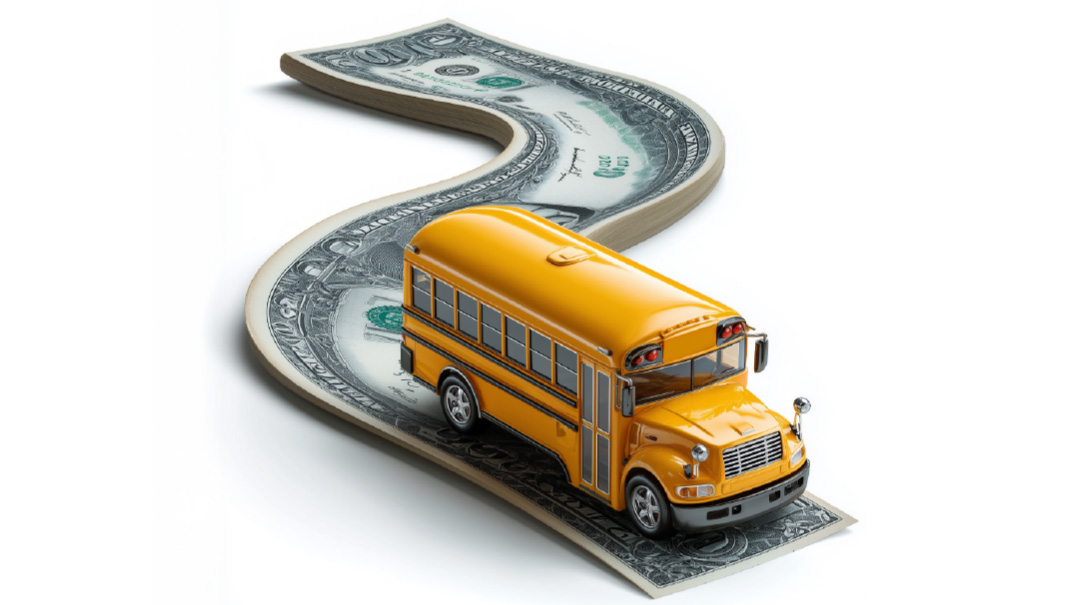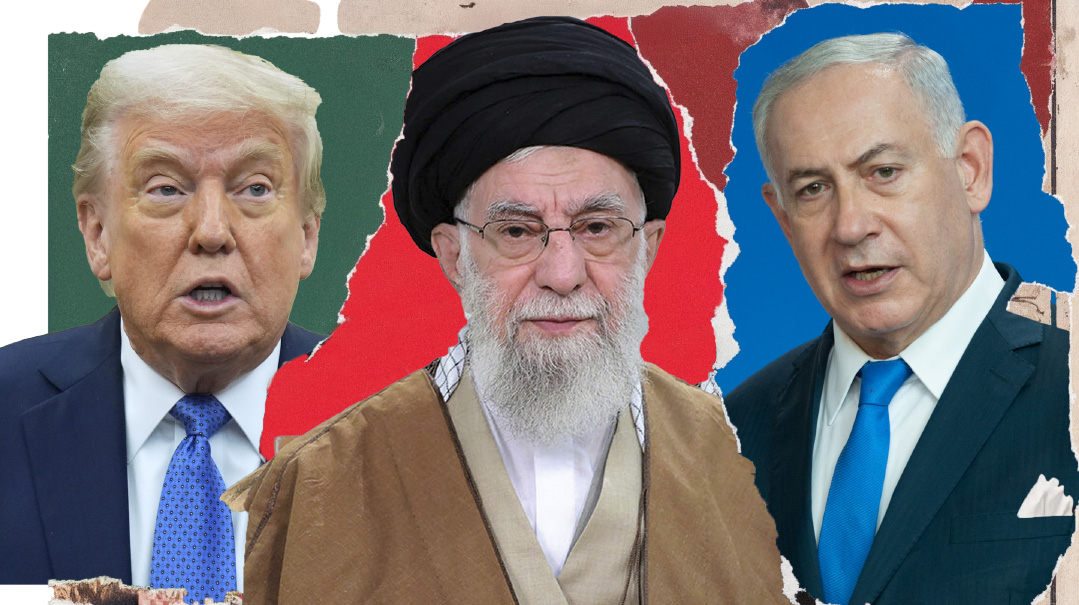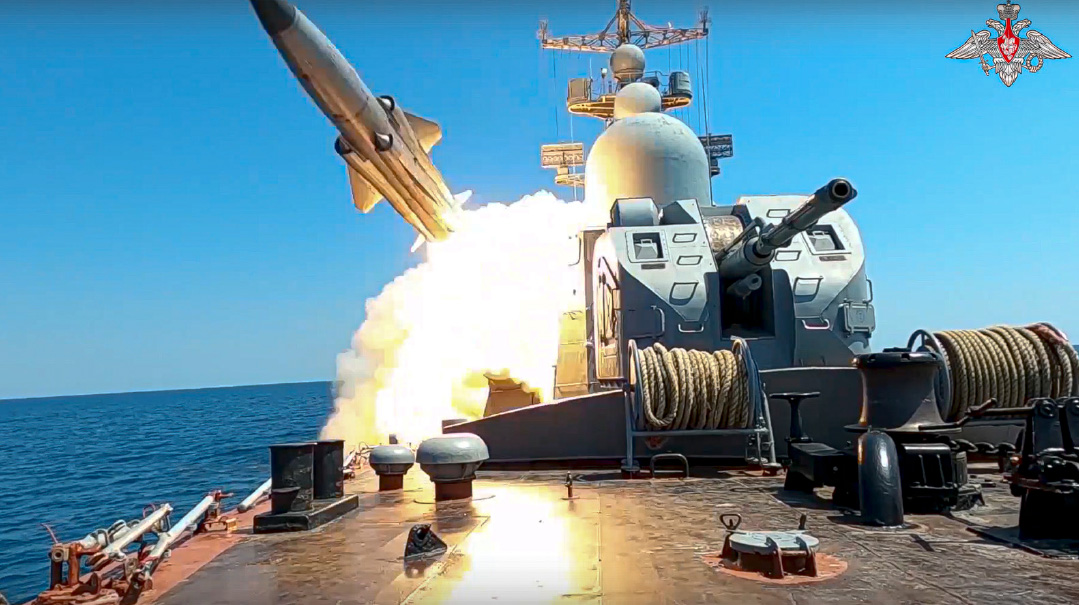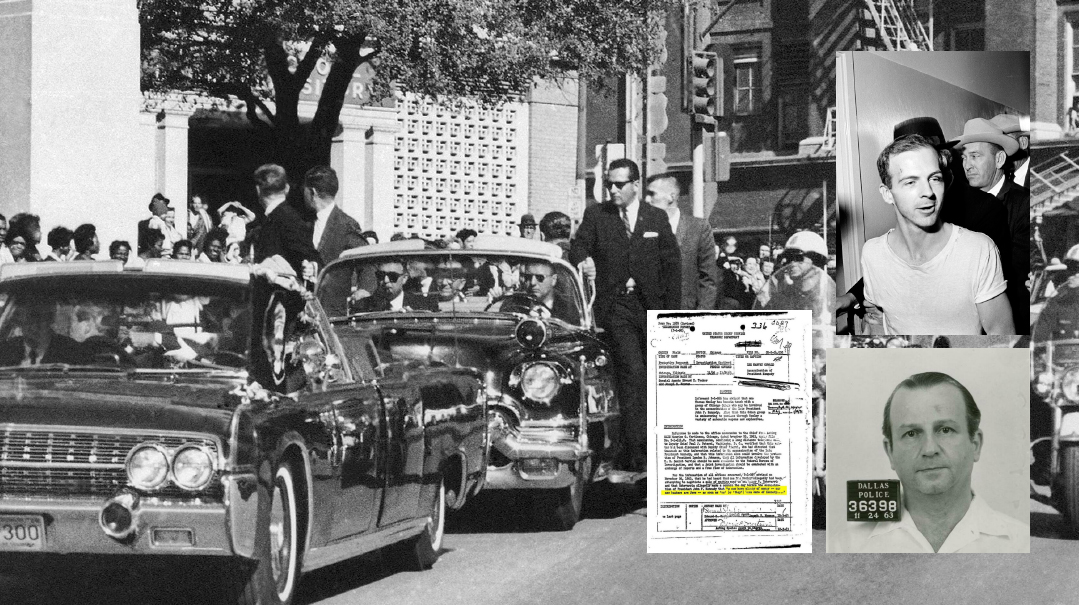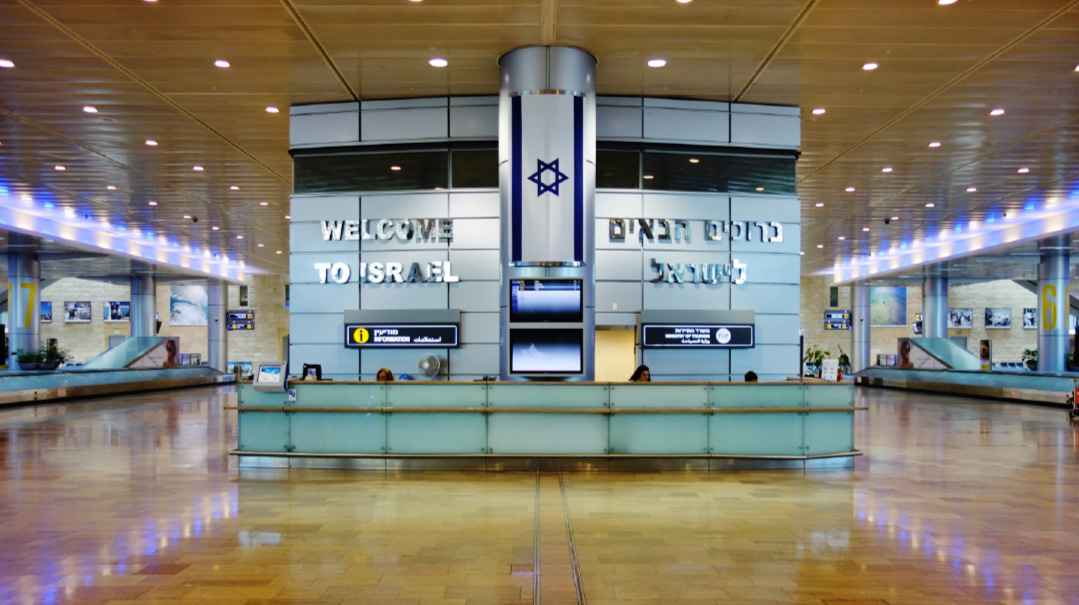Executive Orders


Presidential executive orders are as old as George Washington but never have they garnered so much attention. Binyamin Rose explains what they’re all about.
What exactly is an executive order?
Bosses utilize written forms of communication to convey directives to their workforce and the president of the United States is no different. In his capacity as the nation’s chief executive a president is the “boss” of America’s 2.7 million federal government workers. Presidents issue executive orders proclamations or memoranda to exercise their authority over government agencies and officials and to ensure the implementation of policies and to further policy goals.
Where does this authority derive from?
Article II of the Constitution which establishes the president’s power as commander in chief of the armed forces also vests a president with executive power to “take care that the laws be faithfully executed.”
What are some famous examples of executive orders or proclamations?
George Washington issued the first executive order on June 8 1789 asking the heads of executive departments “to submit a clear account of affairs connected with their departments.” President Lincoln issued the Emancipation Proclamation in 1862 that set the stage for the abolition of slavery. In modern times after Japan’s sneak attack on Pearl Harbor on December 7 1941 President Roosevelt issued an executive order that eventually led to the internment of more than 100 000 Japanese-Americans and Japanese immigrants.
Could a president ever use an executive order to take on dictatorial powers?
It’s never happened before and it’s highly unlikely. Today for a presidential order to be enforceable it must comply with guidelines issued in a 1957 House of Representatives Government Operations Committee report that requires orders and proclamations to be based on powers vested in the president by the Constitution or delegated by Congress.
Did President Trump act within his authority in issuing his immigration ban or is he guilty of “imperial overreach”?
Trump based his order on Section 212(f) of the 1952 Immigration and Nationality Act which says the president may by proclamation suspend the entry of any “aliens or class of aliens” he finds would be detrimental to the interests of the United States for a period that he specifies. Presidents Carter Reagan Clinton and George W. Bush invoked the same section to ban entry for citizens of Iran Haiti Cuba and Zimbabwe respectively and President Obama invoked it to bar computer hackers who assisted Iran and Syria.
If he acted within his authority why did the courts issue stays of his ban?
It’s not unprecedented for a court to stay or even strike down an executive order. In 1952 for example the steel industry appealed to the Supreme Court to block an order from President Truman that the government take possession of most of the nation’s steel mills. This was during the Korean War and Truman wanted to ensure the mills kept producing steel despite a workers’ strike. The Supreme Court ruled Truman’s order unconstitutional saying such a measure required action by Congress not by the president. In his majority opinion Justice Hugo Black explained that “the Founders of this Nation entrusted the lawmaking power to the Congress alone in both good and bad times.”
How did the concept of executive orders survive such a stinging rebuke?
Mainly thanks to a concurring opinion in the steel mill case written by Hugo Black’s colleague Justice Robert Jackson whose novel framework for analyzing the validity of presidential actions has survived to this day. Jackson contended that presidential powers are not fixed but fluctuational; presidential and congressional authority can overlap at times and the president’s authority is only at its “lowest ebb” in relation to Congress when he “takes measures incompatible with the express or implied will of Congress.” Some legal scholars have expressed surprise that none of the courts that stayed Trump’s order related to this 1952 ruling and instead chose to give precedence to the concept of individual rights to due process over a chief executive’s legal power.
Does Congress have the power to revoke or modify an executive order?
Yes simply by passing legislation directing that provisions of the executive order “shall not have legal effect.” Or Congress can use its “power of the purse” to deny the president funding to implement the order. Outright Congressional repeals of executive orders are rare. The Congressional Research Service cited one study that Congress has modified fewer than 4% of all executive orders.
What risk is President Trump taking regarding relations with Congress and the courts by using his presidential authority so early in his term?
It only seems that way because Trump has focused his executive orders on the hot-button issues he campaigned on such as immigration and Obamacare. President Obama issued more executive orders in his first two weeks than Trump did. Every president targets his predecessors and Trump has a long way to go before he catches up with President Reagan who revoked 508 executive orders of previous presidents during his eight years on the job.
Oops! We could not locate your form.

